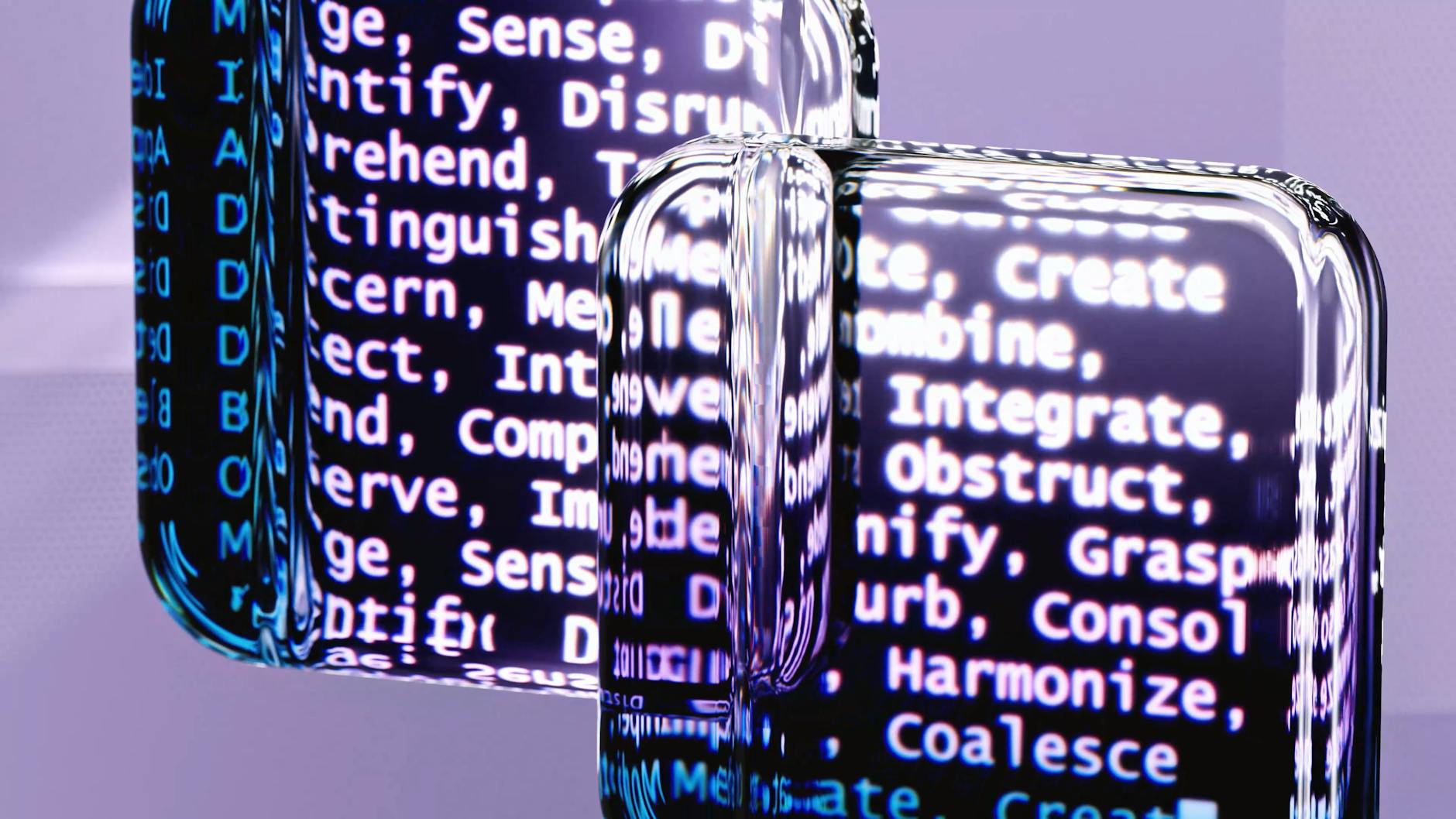Andrej Karpathy’s concept of “vibe coding” is sparking a debate about the future of software development. What exactly is it, and is it here to stay?
Vibe coding is coding with significant reliance on AI assistance, leveraging tools such as GitHub Copilot and Cursor’s Chat. Developers interact with code through prompts, accept AI-generated suggestions, and trust AI to self-correct.
While the term is new, the underlying technology isn’t. Chatbots like ChatGPT and Gemini have improved their coding capabilities over the years. Dedicated AI coding assistants offer real-time predictions and intuitive suggestions, further streamlining the coding process. According to Barron Webster of Sandbar, these tools are constantly expanding their capabilities and automating more of the coding process.
True vibe coding necessitates relinquishing some control and trusting the AI’s output. Karpathy even relies on AI to resolve error messages. Sergey Tselovalnikov from Canva sees it as prompt-based interaction where the engineer’s role is more of a conversational guide.
Who stands to gain from vibe coding? Experts believe it’s either seasoned coders who can manage potential errors or beginners with no coding experience. Vibe coding allows for rapid prototyping of simple projects like websites or games. However, AI-generated code can contain errors, particularly in complex systems requiring security or large databases.
Leo, a vibe coding enthusiast, encountered security vulnerabilities in his AI-built SaaS application. Experts advise caution when vibe coding larger projects, emphasizing the need for security testing and risk awareness.
Despite its limitations, vibe coding is changing the software development landscape. AI coding assistants are becoming more capable, and web hosting companies are integrating AI to simplify their tools. As a result, software production costs are decreasing, making software creation more accessible. Vibe coding serves as a useful starting point, but developers must acknowledge its limitations and exercise caution.
Photo by Google DeepMind on Pexels
Photos provided by Pexels
